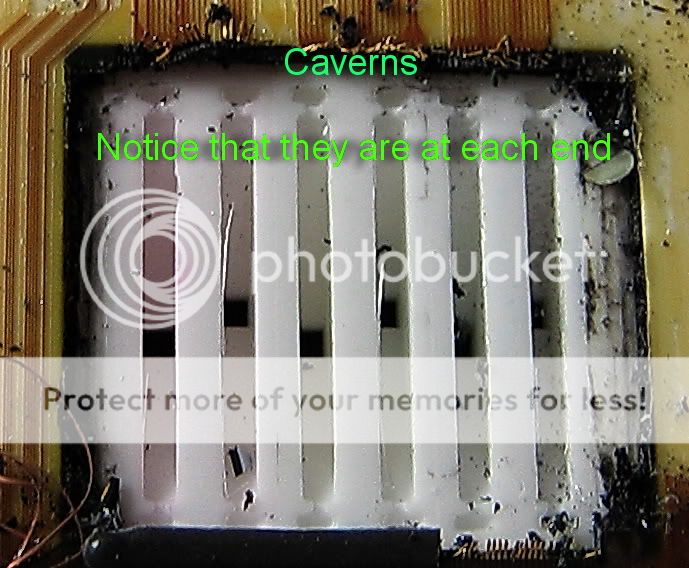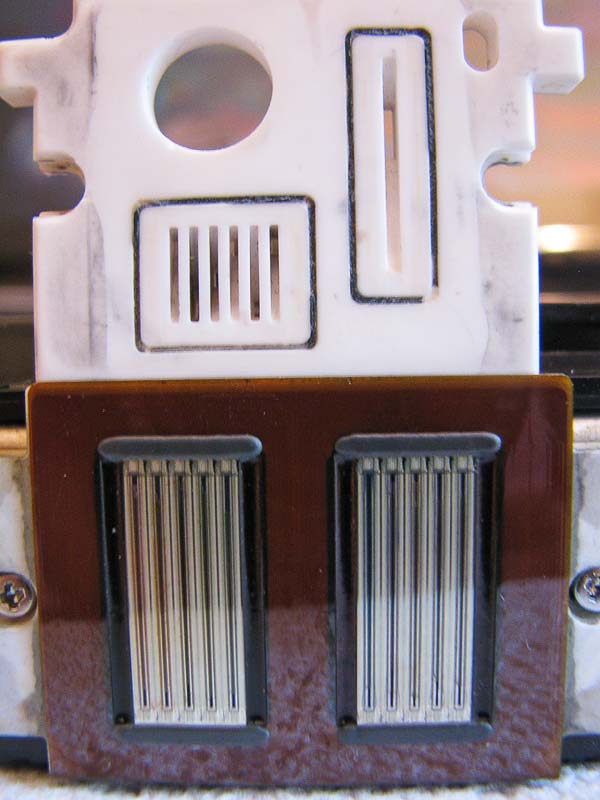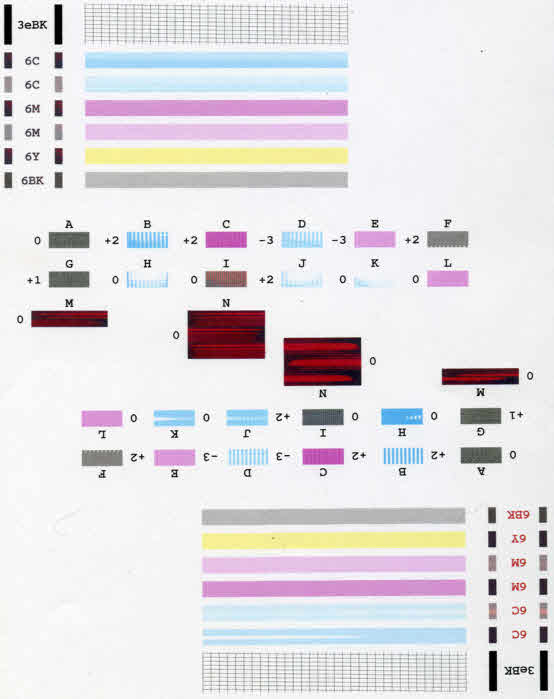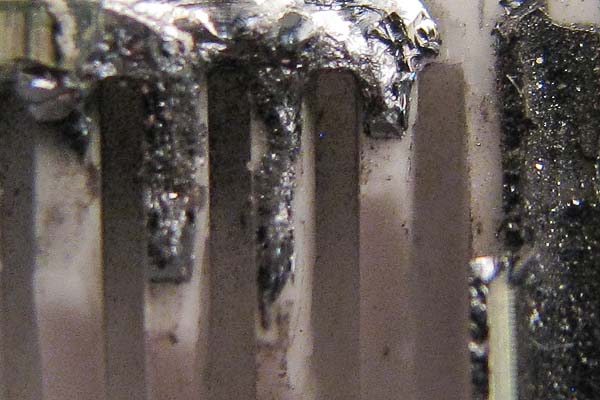- Thread starter
- #211
- Joined
- Feb 24, 2005
- Messages
- 1,669
- Reaction score
- 183
- Points
- 223
- Location
- North of Boston, USA
- Printer Model
- Canon i9900 (plus 5 spares)
Unfortunately, I no longer have access to a microscope, either.
My S5-IS has a "Super Macro" mode that does a reasonable job once you get the hang of it, and that is what I used for these shots. I tried using my 5DII and 70-200 lens with extension tubes, but they were no match for the S5 in getting close-ups.
My S5-IS has a "Super Macro" mode that does a reasonable job once you get the hang of it, and that is what I used for these shots. I tried using my 5DII and 70-200 lens with extension tubes, but they were no match for the S5 in getting close-ups.




